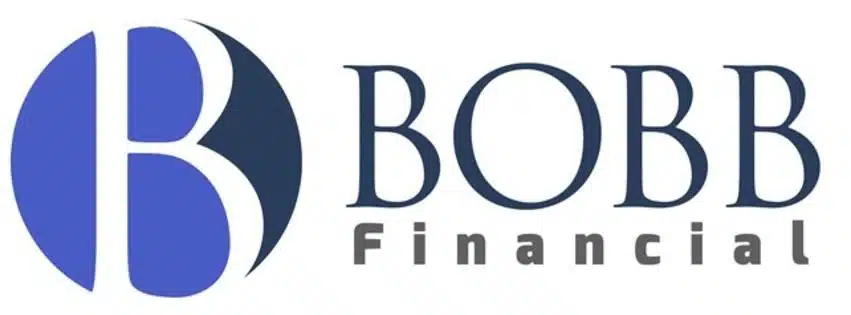Are you taking advantage of all your tax-sheltered accounts? Most people contribute to their 403b or Thrift Savings Plan (TSP), and may even consider a Roth IRA if they are eligible, or possibly even the back door Roth IRA. Very few people take full advantage of the Health Savings Account (HSA) which has been called by a number of publications the “Stealth IRA.” HSA’s are a great fit for any individual who is already taking full advantage of their 403b, 401k or TSP.
Do you qualify for an HSA?
To have an HSA, you must first have a high-deductible health plan, which is classified as a High Deductible Health Plan (HDHP) with a deductible of $1300 for self only or $2600 for family coverage. If your HDHP has at least one of these deductibles or higher, you qualify for an HSA.
Limits on contributions for the HSA
The most you can put into an HSA in 2018 is $3450 for an individual and $6900 for a family. A catch-up contribution of $1000 is available for individuals over the age of 55. HSA’s don’t have any income limitations like IRA’s do.
Multiple benefits of HSA’s
Health Savings Accounts have triple taxation benefits. Yes, you read that correctly.
1. Tax-deductible contributions
2. Tax-free accumulation
3. Tax-free distributions for medical expenses
An HSA potentially combines the tax benefits of the Roth IRA and Traditional IRA in one tax-sheltered account. You get an upfront tax deduction for all contributions to an HSA, the account grows tax-free and distributions for qualified medical expenses are tax-free. For investors looking for tax savings, it doesn’t get much better! Examples of medical expenses are deductibles, copays, Medicare premiums, long-term care insurance premiums, and medications.
Retirement accumulations are another benefit of HSA’s. If the money in your account is not used for health care expenses, it can remain in the account and continue to grow tax-free, just like your IRA. Once you reach the age of 65 you can withdraw funds for any reason with no penalty. If you take withdrawals for retirement, you will pay income taxes on the withdrawals.
Another advantage is that you can name a beneficiary, just like IRA holders do. A named beneficiary helps pass assets directly to beneficiaries and avoid probate.
Negatives of HSA’s
I feel like this headline should be very small because the benefits far outweigh the negatives!
The one downfall of an HSA is that you need to have the right health insurance to obtain one. A High Deductible Health Plan is the only type of plan that will qualify you for an HSA. If you have young kids who frequently go to the doctor, you may need to do a little more research before getting a HDHP. It would help to determine what you are currently paying in a year for health care and how often you expect to go to the doctor in the next couple of years.
Outside of the requirement to have a HDHP, the only other negative I can come up with is a penalty of 20% on withdrawals if you don’t use the money for health care expenses (if withdrawing money prior to age 65). If you wait until after age 65, you can withdraw funds for any reason.
Health Savings Accounts are an excellent tax shelter that many people don’t take advantage of. If you are maxing out your retirement plan at work, an HSA may be your next best option. I have been doing financial planning for well over a decade, and I have yet to find another investment vehicle that provides the tax benefits that HSA’s do. Health Savings Accounts are another element that should be considered in your financial plan.
Brad Bobb, CFP® is the owner of Bobb Financial Inc, and an expert in retirement planning for federal employees.

